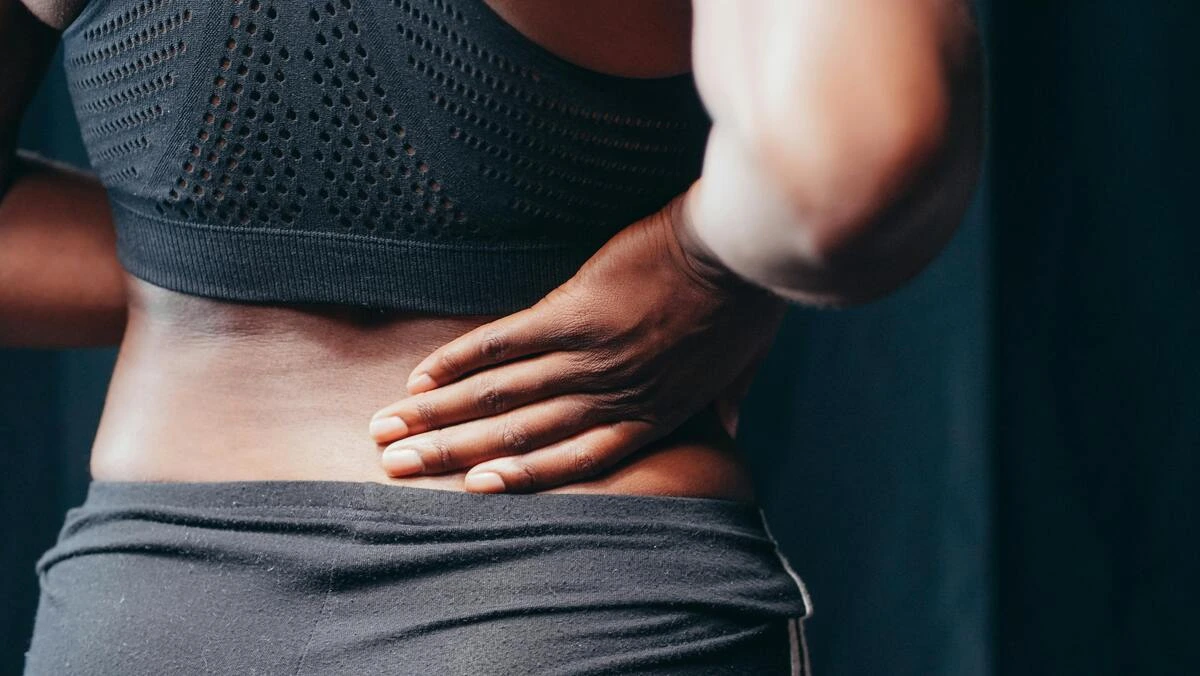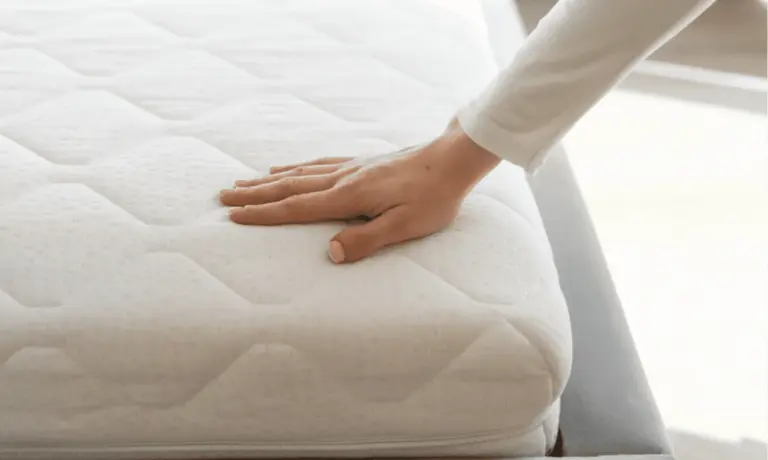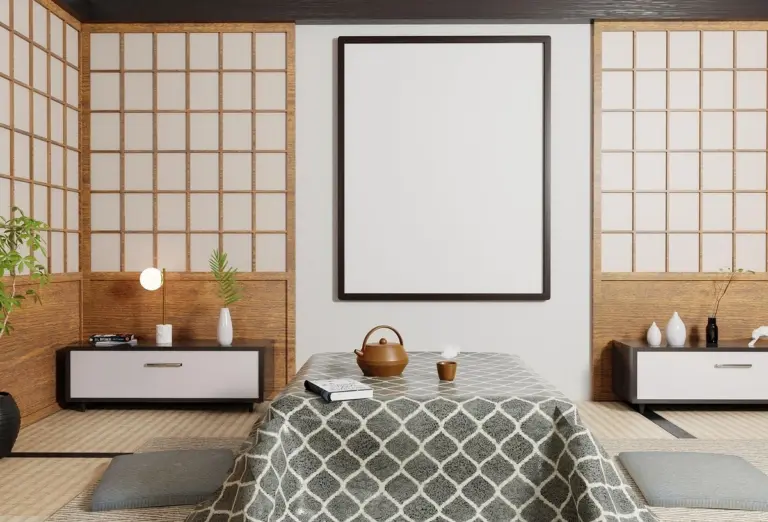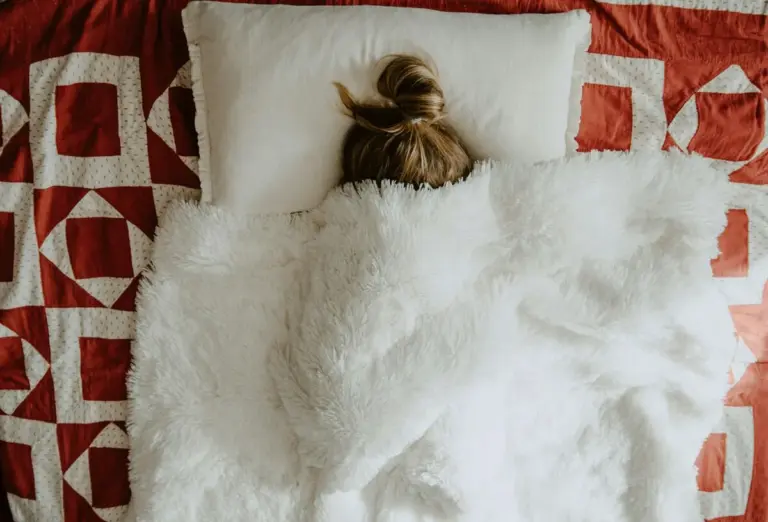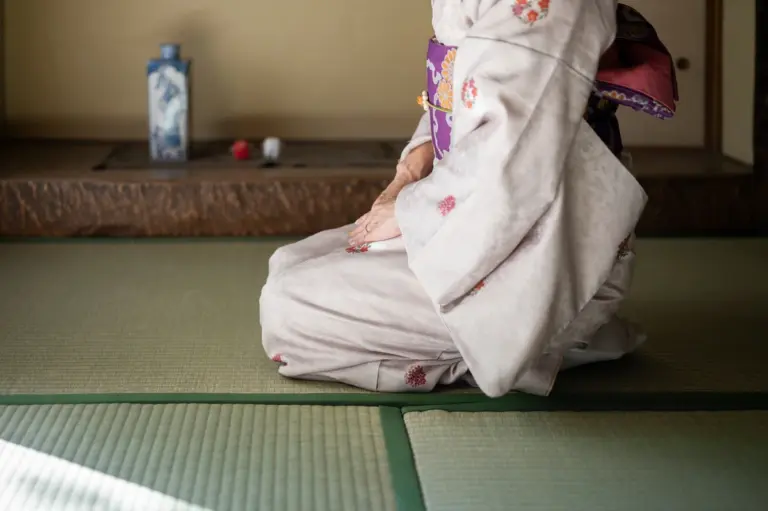Japanese Futon for Back Pain: Does It Really Help?
Can a Japanese Futon Improve Back Pain and Posture?
Back pain is one of the most common health issues worldwide, often linked to poor posture, weak muscles, or unsupportive bedding. In recent years, the Japanese futon has gained attention as an alternative to thick Western mattresses. Advocates claim that sleeping on a firm futon floor setup can relieve back pain and improve posture—but does it really work? Let’s look at the science, pros, and cons.
Why Firm Surfaces May Help Back Pain
Sleeping on overly soft beds can cause the spine to sink and curve unnaturally. This leads to muscle strain and morning stiffness. A futon, placed directly on the floor or tatami mat, provides a firm and stable surface that encourages the spine to remain in a more neutral position.
Some chiropractors and physical therapists note that firm bedding can promote better alignment, especially for back and stomach sleepers. However, people with very stiff joints or chronic pain may find the hardness uncomfortable without an adjustment period.
Potential Benefits of Sleeping on a Futon
A Japanese futon is designed for simplicity: a cotton or fiber-filled mattress that is typically about 2.5–3 inches (6–8 cm) thick. This minimalist structure offers unique advantages:
- Improved spinal alignment — the firm surface reduces sagging and keeps the spine straight.
- Posture support — encourages natural sleeping positions, reducing pressure points.
- Core engagement — some users report feeling more mobile and less stiff after switching.
- Air circulation and hygiene — futons can be folded, aired out, and sun-dried, reducing allergens and mold compared to bulky mattresses.
Possible Drawbacks and Limitations
While futons can benefit some people with back discomfort, they are not a one-size-fits-all solution.
- Adjustment period: Sleeping on a hard surface can initially cause soreness.
- Not ideal for everyone: People with arthritis, scoliosis, or specific spine conditions may require specialized mattresses.
- Floor setup challenges: Getting up and down daily may be difficult for older adults or those with mobility issues.
Tip: If a futon feels too firm, add a thin mattress pad or topper to ease the transition while still gaining firm support.
Expert Recommendations
Orthopedic specialists emphasize that the “best” sleep surface depends on body type and medical history. For otherwise healthy adults with mild back pain or posture concerns, a futon can be worth trying. If pain worsens, switching back or consulting a doctor is recommended.
Daily care also matters: regularly airing out the futon prevents moisture buildup, and rotating it helps maintain even firmness.
Recommended Futons for Back Support (Available in the U.S.)
If you want to test whether a futon helps your back pain, start with a high-quality model designed for daily use:
- Moririn Japanese Shikibuton Mattress — Traditional Japanese futon with firm cotton fill, about 2.5–3 inches thick.
- Airweave Futon Mattress — Uses proprietary airfiber® for firm but breathable support, recommended by athletes.
- FULI Japanese Futon Mattress — Authentic handmade futon, foldable and easy to air out.
Conclusion
A Japanese futon for back pain can be a practical solution for some sleepers. Its firm structure may improve spinal alignment, reduce morning stiffness, and promote healthier posture. However, it’s not universally comfortable, and results depend on body condition and sleep habits. If you’re curious, starting with a quality futon and allowing a few weeks for your body to adapt is the best approach.
